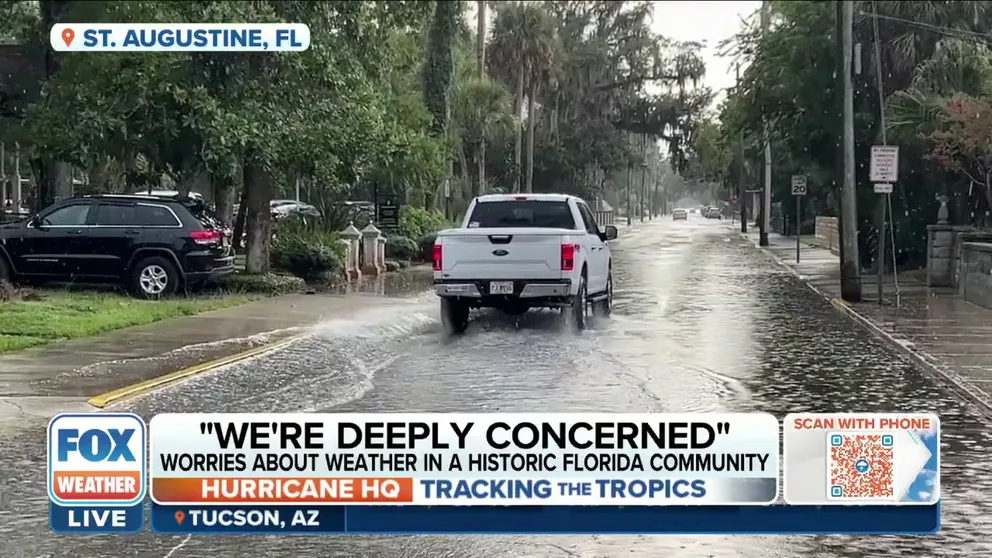Oldest city in America finds itself battling Mother Nature
Known for being the oldest city in America, St. Augustine, Florida, works to preserve its history after the coastal town is often inundated with flooding.
St. Augustine working to protect its history from rising sea levels, storm surge
Rising sea levels, storm surge during hurricane season and rainfall continually flood St. Augustine's streets. FOX Weather's Robert Ray spoke with city leaders about their plans to protect its past, present and future.
ST. AUGUSTINE, Fla. – Known for being the oldest city in America, St. Augustine, Florida, works to preserve its history after the coastal town is often inundated with flooding.
In October 2016, Hurricane Matthew battered the eastern coast of Florida. One year later, Hurricane Irma hit, flooding many communities across the Sunshine State.
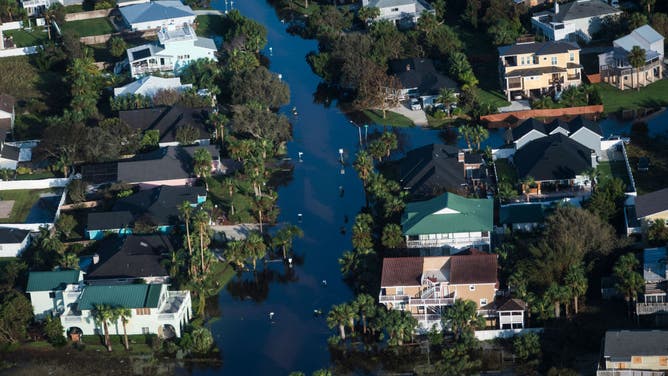
ST. AUGUSTINE, FL - SEPTEMBER 12: Homes are left surrounded by flood water in the aftermath of Hurricane Irma in St. Augustine, Fla. on Tuesday, Sept 12, 2017.
((Photo by Jabin Botsford/The Washington Post via Getty Images))
"We had so much damage that occurred in our downtown and our historic buildings without even taking a direct hit," Julie Courtney, St. Augustine historic preservation officer, said.
Sand dunes and coastal grasses shape the town's topography, as does storm surge, flash flooding and rising sea levels.
"Established in 1565, it's the oldest continuously occupied European settlement in the continental U.S.," archeologist Dr. Andrea White said.
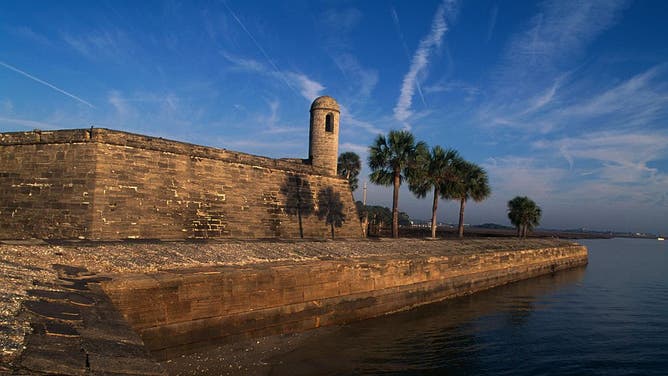
Castillo de San Marcos, 1672-1695, the oldest masonry fort in the continental United States, St Augustine, Florida. United States of America, 17th century.
((Photo by DeAgostini/Getty Images) / Getty Images)
The city has always been prone to flooding. On any given day, a Florida rainstorm can inundate the historic streets.
So, one can imagine the devastation hurricane storm surge brings, paired with disaster and rising sea levels.
"We are deeply concerned. One of the things from an archeological standpoint is we have been able to gather information on how humans have adapted in the past to sea level rise and storm surge, so we are not the first people," White said. "This is the third settlement of St. Augustine. The first one is north of town, the second one is actually on the barrier island, and it only lasted about six years, and they kept getting hit by hurricanes."
For St. Augustine's chief resiliency officer, Jessica Beach, the stakes are high, and time is thin in the fight to preserve and strengthen the town's ability to battle mother nature.
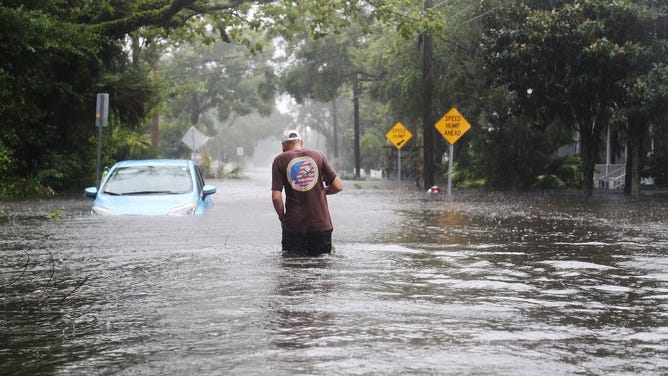
ST AUGUSTINE, FL - OCTOBER 07: Paul (last name not given) walks through a flooded street as Hurricane Matthew passes through the area on October 7, 2016 in St Augustine, Florida.
((Photo by Joe Raedle/Getty Images) / Getty Images)
Scientists expect the coastal waters in the town may rise another foot in the next 20 or so years.
"We have approximately 70 million dollars invested in flood mitigation resilience type initiatives," Beach said.
After Hurricane Matthew and Hurricane Irma, federal funds came in, so St. Augustine has state and federal dollars for projects, including a multimillion-dollar Army Corps study.
"The city was able to get funded a number of projects through FEMA that provide that higher level of flood protection, so when you look at the maps, our historic downtown we are around three sides with water so that's part of the challenge is protecting our historic city for as long as we can," Beach said.
Some homes are being raised, and at least 60 monitoring points will be placed around town and will be monitored by a professional, licensed surveyor.
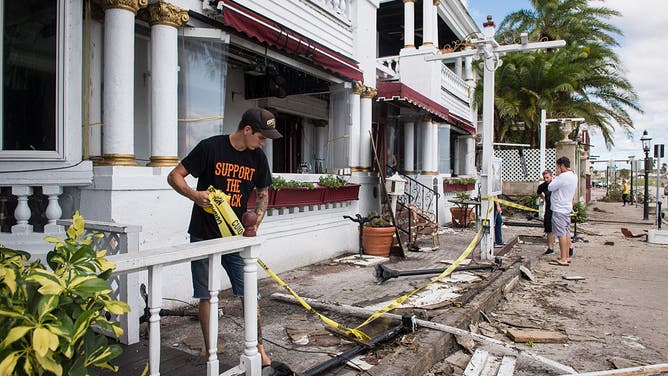
A man puts up caution tape as people walk by and take photos of the Casablanco Inn the day after Hurricane Matthew hit St. Augustine, FL on Saturday October 08, 2016.
((Photo by Jabin Botsford/The Washington Post via Getty Images) / Getty Images)
After collecting data on the sea level rise, officials will better understand exactly how much time they must make sure the city and surrounding areas can thrive.
"We have to accept that things are going to be different with sea level rise, and we have work on adapting but not change who we are and change our historic fabric, so we want to maintain that have our quality of life, and sense of life maintained," Courtney said.
Preserving the culture is paramount as the heritage and tourism industry in St. Augustine leads to millions of dollars in economic impact each year.
For the 15,000 residents here, making sure the city has a future so that their history can keep prospering.
